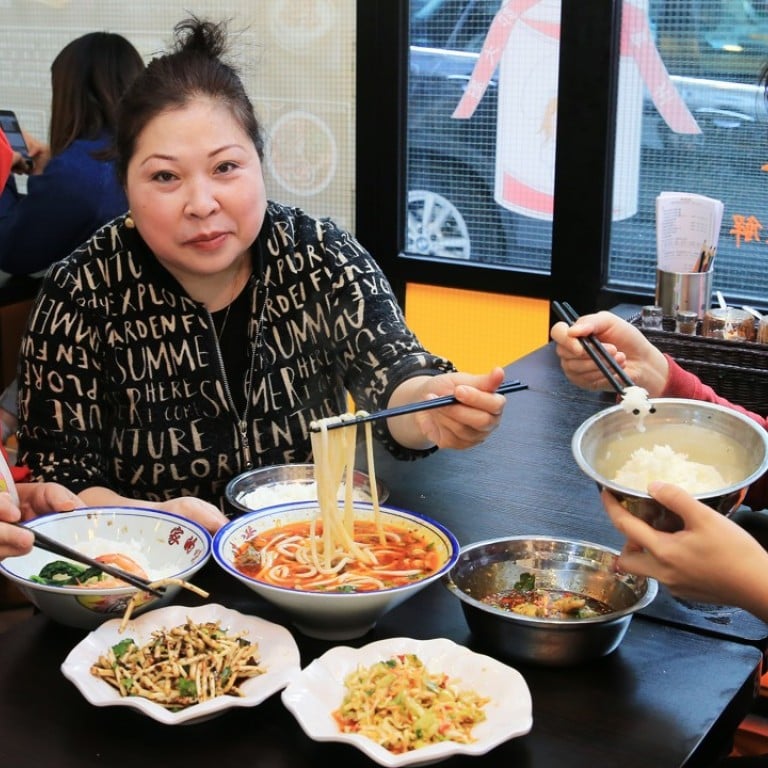
Chinese regional cuisine: Guizhou’s spicy and sour dishes and where you can find them in Hong Kong
Guizhou or Qian cuisine is similar to that of its neighbour Sichuan, but has its own unique dishes – such as pickles and fiery noodle soups – and ingredients, including a herb called fishwort and, for the brave, sheep’s reproductive organs
Gathered around a table in a small restaurant, a group of women eat a late lunch after a morning and early afternoon spent feeding customers. Their chatter is punctuated with laughter. They are not related, but call each other “sisters” as they share the same root of origin – Guizhou province in southwest China.
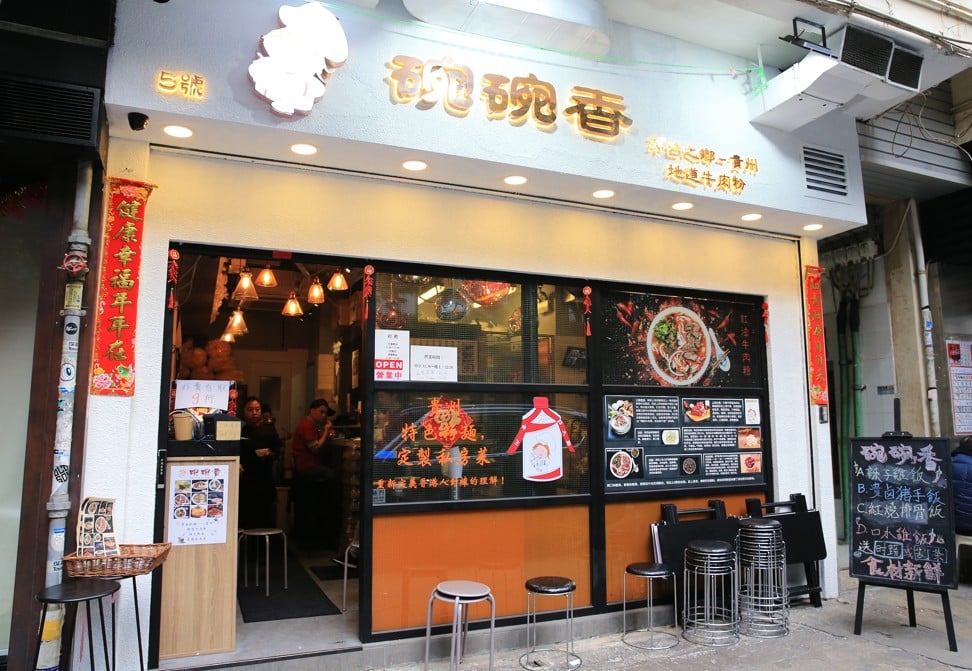
“This is my favourite home food! It’s called zhe er gen or yu xing cao [a Chinese herb better known as fishwort]. Well, many people can’t stomach it, but we just love it! It accompanies us from childhood to adulthood,” enthuses one of the chefs, Li Wenju, proud of her hometown specialities.
The women met at Hong Kong Guizhounese Association and realised that they had two things in common. One was that they badly missed food from their homeland, and they were unable to find it in Hong Kong. The other was that they wanted to share their delicacies with the city. Subsequently, the like-minded “sisters” started the business, headed by chef Guo Daoqun.
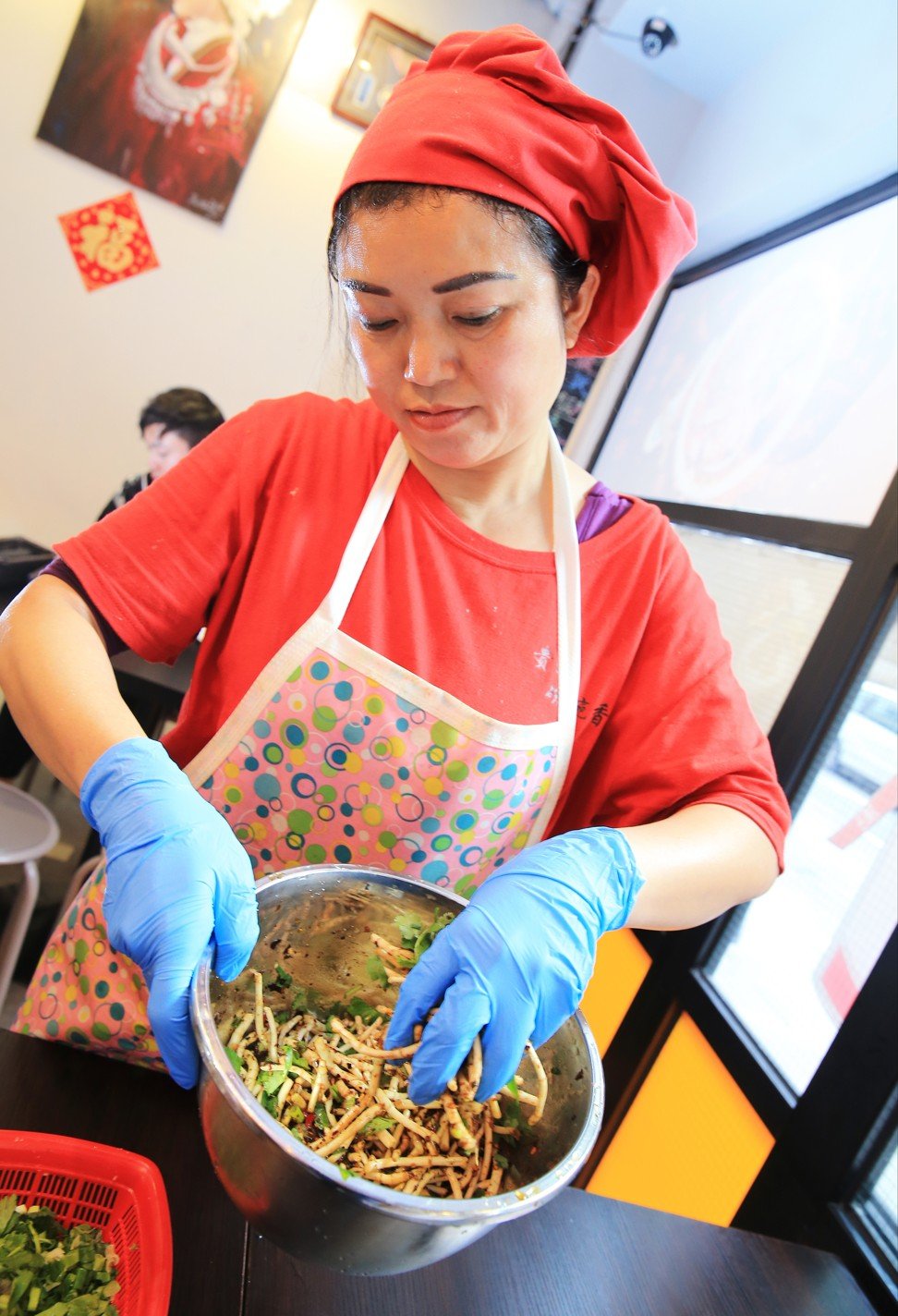
Guo says, “We love hot food as much as Sichuan folks do. But our ‘hot’ leans toward ‘fragrant hot’, rather than the mouth-numbing hot.”
There are no precise terms to describe Guizhou flavours, and no standard recipes, she remarks. “Every family has their own recipe. We play with recipes to our taste.”
Zhou Shunli, manager of the restaurant, adds, “My grandma’s recipe and aunt’s recipe for chilli sauce are different. But both are tasty.”
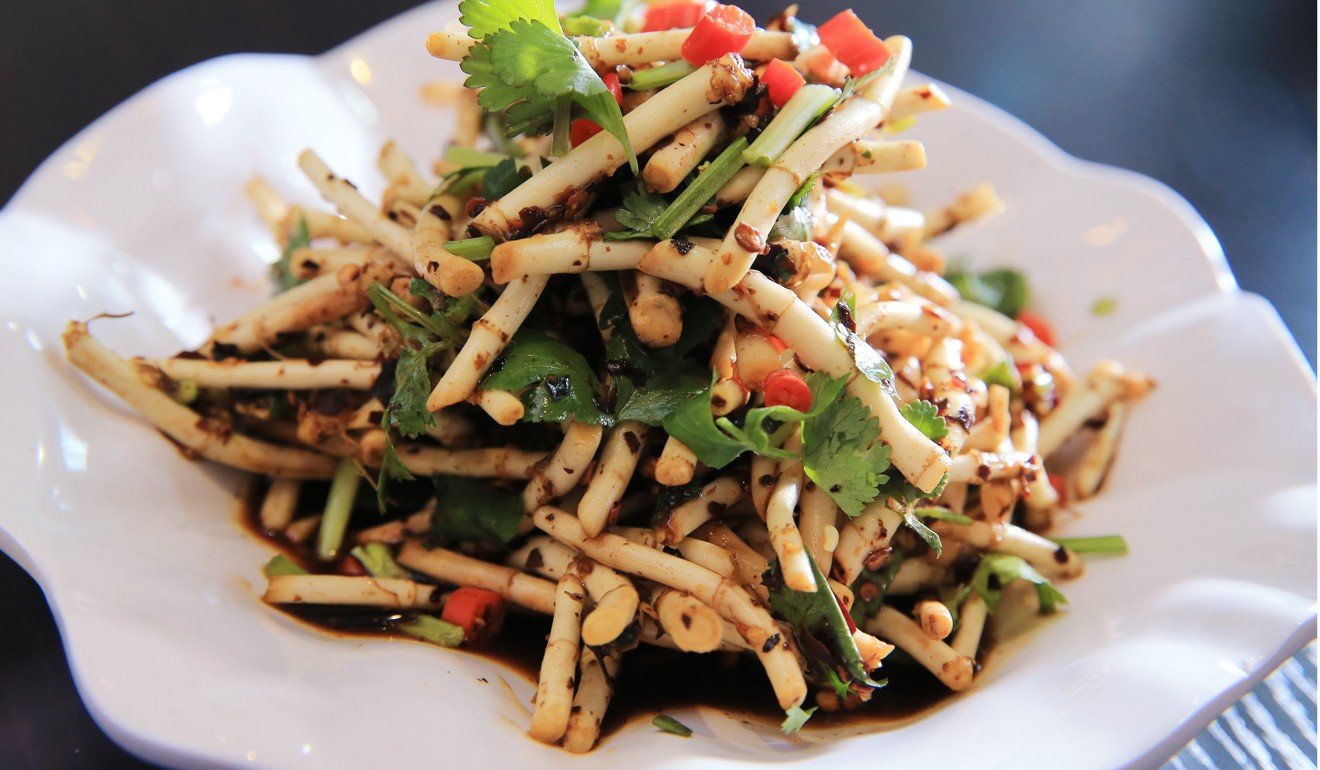
A popular saying in the region goes: “Without eating sour food for three days, people will get weak legs,” suggesting that Guizhou folks have an appetite for sourness.
Zhou explains that because people in mountainous areas didn’t have easy access to salt, Guizhou people used vinegar and other souring agents to preserve vegetables. Although they no longer suffer salt shortages, the tradition has endured and become a lifestyle in the region. Guizhou folks are good at making pickles.
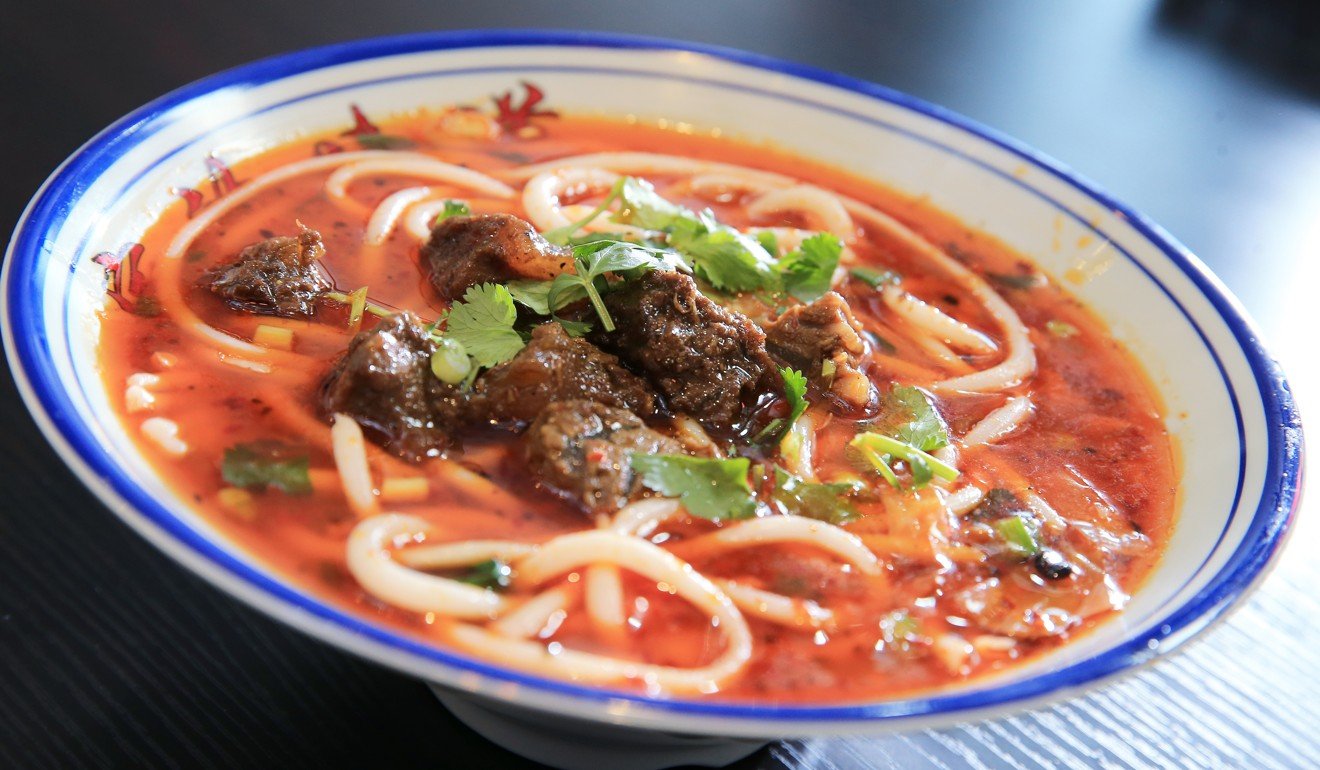
The stock – the soul of the dish – takes almost 12 hours, simmering a mixture of beef, pork and chicken bones. Chilli oil spices up the umami-rich liquid. Two varieties of chilli peppers are used to get the desired result – one from Zunyi (a city in Guizhou) and the other from Huaxi district in Guiyang city.
“We soak them in water, finely crush them, then fry themwith garlic and ginger to bring out the fragrance,” says Guo.
For the beef, they use shank comprised of half lean meat and half tendon to add texture. Their noodles come from Zunyi in northern Guizhou province, home of the spirit Mao-tai.
We love hot food as much as Sichuan folks do. But our ‘hot’ leans toward ‘fragrant hot’, rather than the mouth-numbing hot
“Why can we produce the premium Chinese wine?” asks Guo. “We are blessed with quality water from the mountains. The water is pure, sweet and mellow.” The same water is used for rice noodles.
After soaking in the water, the rice grains undergo a long process of grinding, steaming, pressing, cooling, loosening and baking. The result is a bouncy, stretchy and slippery noodle with a subtle rice fragrance.
Pickles are a staple in the Guizhou diet, and the mountain water is used in the process. Unlike traditional pickling where the ingredients ferment in the marinade for weeks, the method in Guizhou is to ferment the marinade first in an urn for more than two weeks before adding the vegetables.
To make the marinade, water is boiled then cooled before rock sugar, rice wine and white vinegar are added. It is left for about 20 days to ferment. At the end of the process cabbages are thrown in.
“You can enjoy it the next day!” says Guo. The tangy pickles add a refreshing crunch to the broth-based noodles.
Chinese regional cuisine: Yunnan - noodles and unique ingredients served up in Hong Kong restaurants
From Friday to Sunday, the restaurant isn’t open for walk-ins at dinner. The small premises become a sort of VIP area, serving off-menu Guizhou classics.
In-the-know diners go for the Guizhou sour fish soup, known as suan tang yu. The secret of the dish lies in the perfect fermentation of tomatoes.
“We put chopped wild cherry tomatoes and salt in an urn and let it rest for about 40 days. During that time, the tomatoes turn soft and sour,” explains Guo. “We use the fermented tomato paste with pork bone stock to boil the fish, a breed of local river carp called Wujiang fish.”
The dish is enjoyed in hotpot style. Many of the customers are Guizhou natives bringing their Hong Kong friends along for a taste of the Guizhou menu, says Guo.
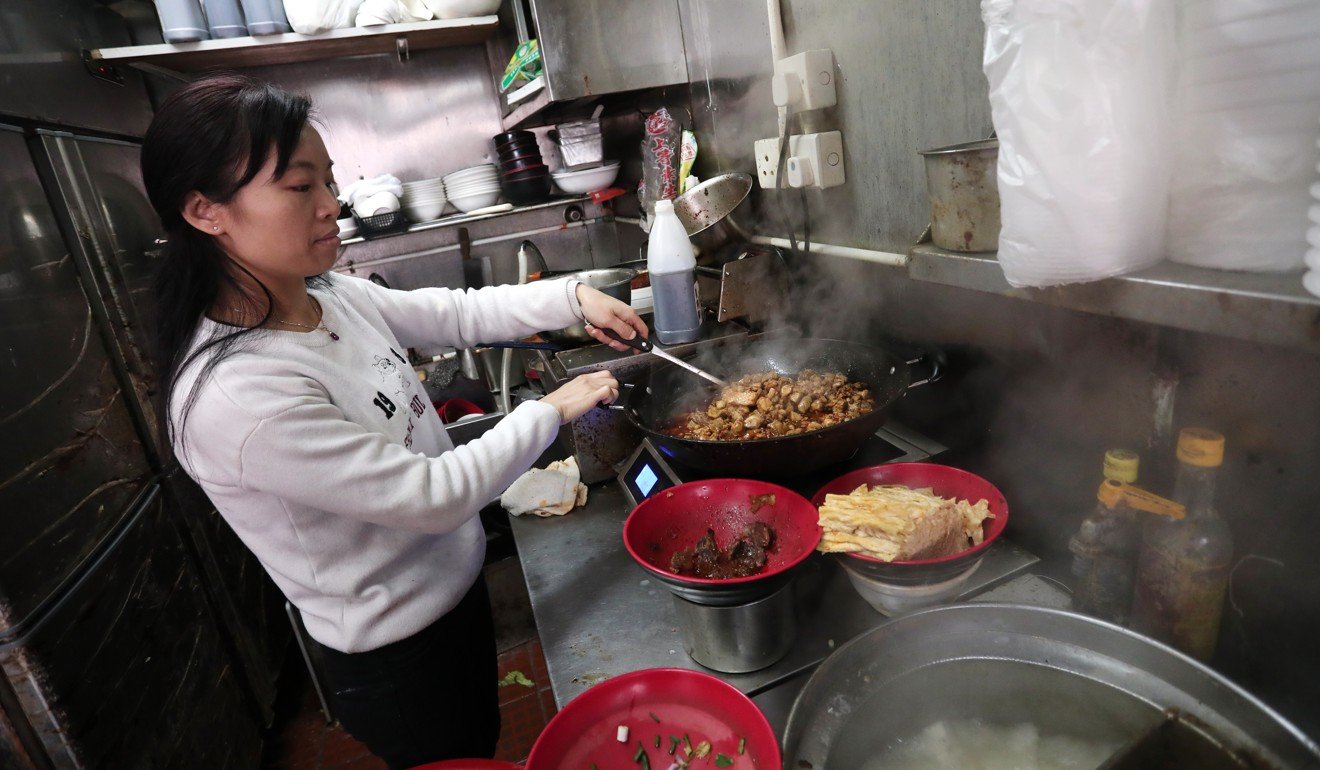
Wang Yao Mei Guizhou Rice Noodle in Hung Hom, a 250 sq ft hole-in-the-wall shop, also sells Guizhou-style rice noodles.Passers-by are tempted by the typical fragrance of fried chilli peppers mingled with an acidic note.
Chinese regional cuisine: Sichuan - chefs reveal the secret to their success in Hong Kong is adapting to local tastes
“Taste of home” is on everyone’s lips here. Suki Feng, a gang piao (a person from China who comes to Hong Kong to work or study) from Sichuan says that the hot spicy flavour of the food here is very similar to what she ate back home.
“I found most hot food in Hong Kong is too sharp or dry and makes my tongue hurt. What I crave is this: hot, savoury and mellow. The food here reminds me of home,” she says.
Almost everyone who comes here orders a bowl of piping hot rice noodles featuring red fiery soup and piles of ingredients on top.

Nearly 10 hours of bubbling brings out the pork bones’ essence; the reduced stock sets the tone for every serving of rice noodles.
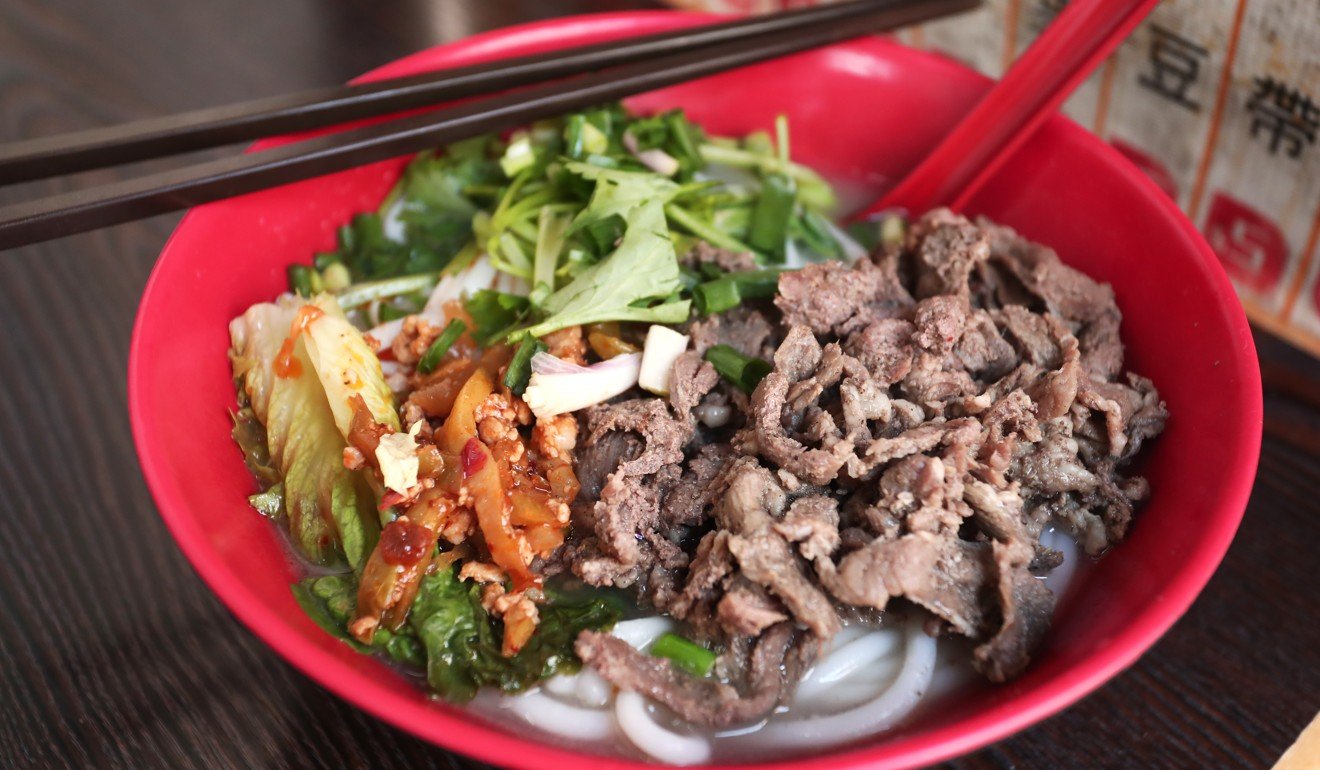
Sour and spicy is the most commonly ordered, probably because it’s Guizhou’s best-known flavour combination.

“First we blanch the chicken, then add fragrant peppercorns before mixing in the cooked chicken, and seasoning it with house-made chilli sauce and cooking wine. After 20 minutes or so, it’s dished up and placed on top of the stock-based rice noodles.”
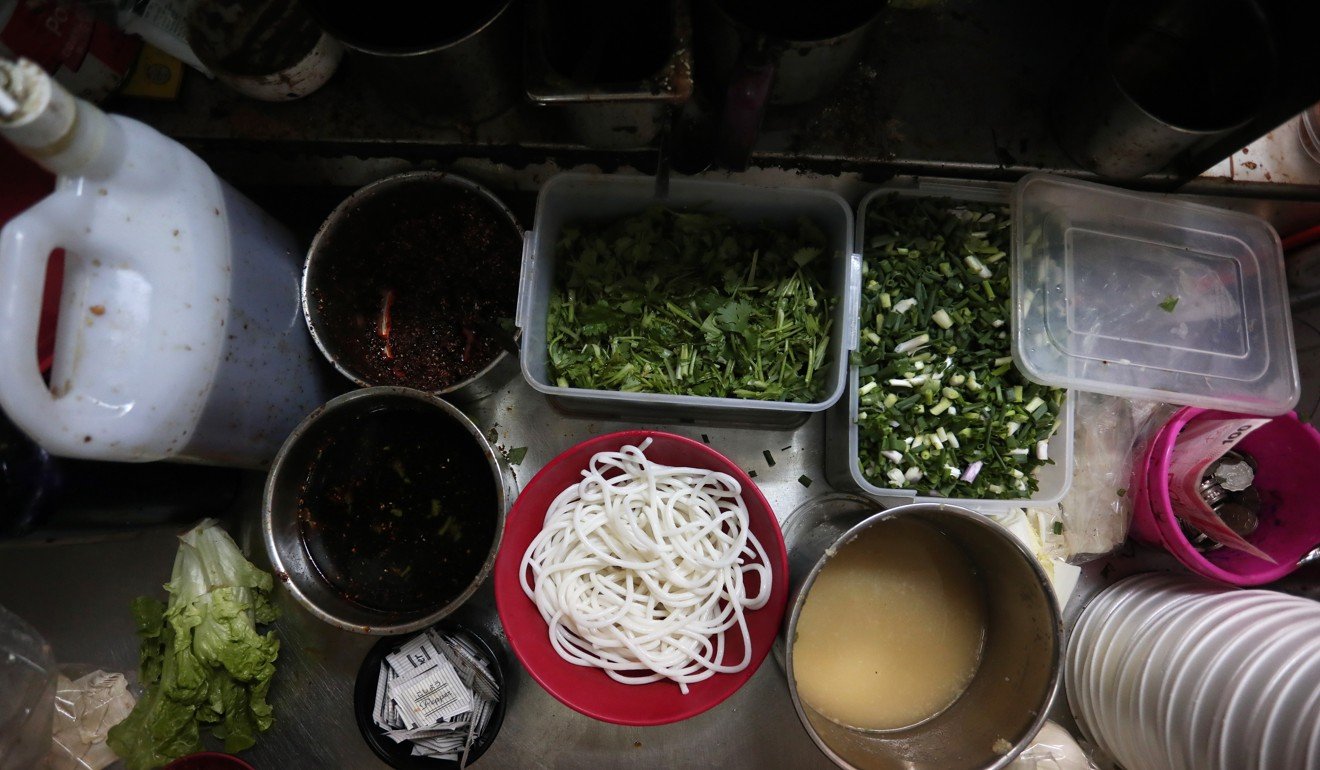
Running a food business is a lot of work, she admits, especially as she wears multiple hats – owner, chef, cashier, receptionist, cleaner and manager, “But making the food of my hometown is a labour of love”.
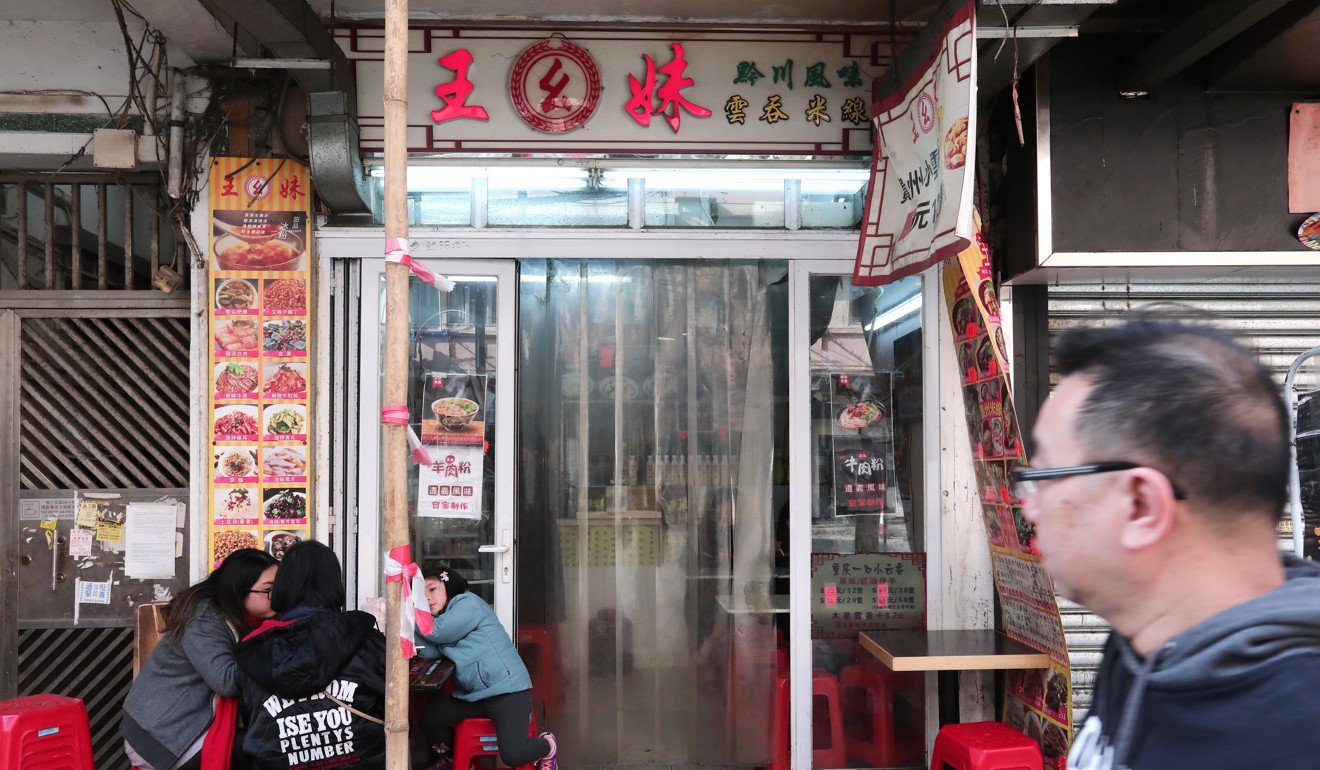
“High-rises that were rare years ago are everywhere, people’s buying power increased significantly. Even the local food scene has become more diversified, with shops supplying various regional food popping up.”
Fujian cuisine’s rich, diverse and distinct varieties
However, she is nostalgic about some traditions that are now out of fashion. Families used to make sweet dumplings to enjoy together in the morning on the first day of Chinese New Year.
“The filling is brown sugar – it’s sweet and delicious,” she reminisces. “But today, few households make the sweet treat themselves. Even my family bought it from [the shop].”
As soon as the severe winter retreats, families prepare cured meat for the Spring Festival ahead.
“We marinate the fatty pork in brine, then drain and hang it up to dry in the open air. Several days later, we smoke it over a wood fire.”
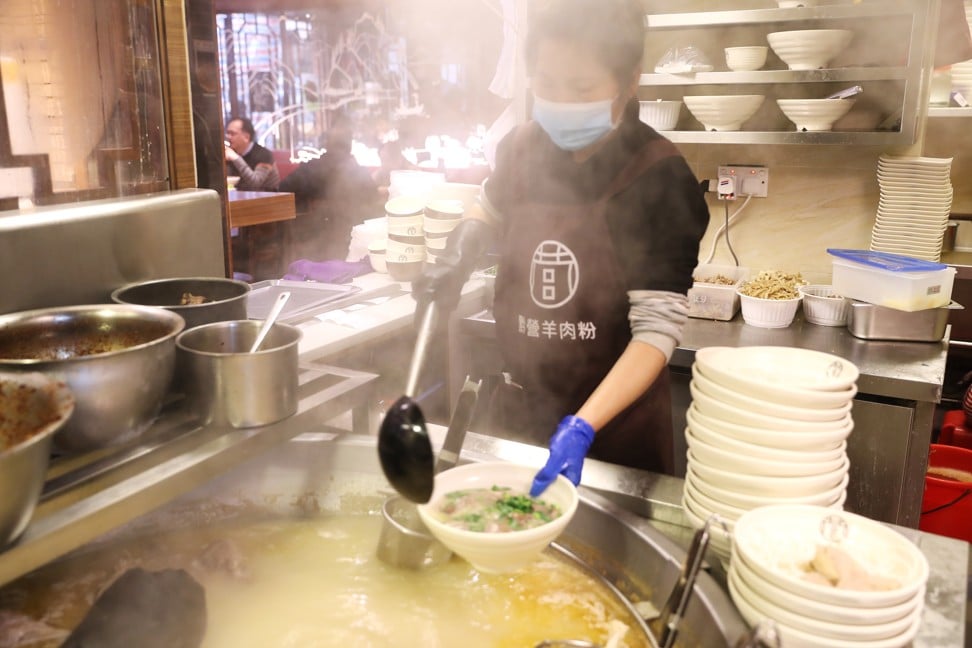
Wang and Guo are looking to expand their businesses. “Our idea is to start with the humblest Guizhou dishes. As more people take Guizhou cuisine on board, we will introduce more traditional delicacies,” says Guo. What she offers now is just the tip of the iceberg.
Wan Wan Xiang 碗碗香
5 Caroline Hill Road, Causeway Bay, tel: 3486 6869
Wang Yao Mei Guizhou Rice Noodle 王幺妹黔川米线
3 Whampoa Street, Hung Hom, tel: 5225 1378
Guizhou Zunyi Lamb Rice Noodle 貴州遵義黔營羊肉粉
Lee Kwan Building, 86 Tung Choi Street, Mong Kok, tel: 2866 8281
